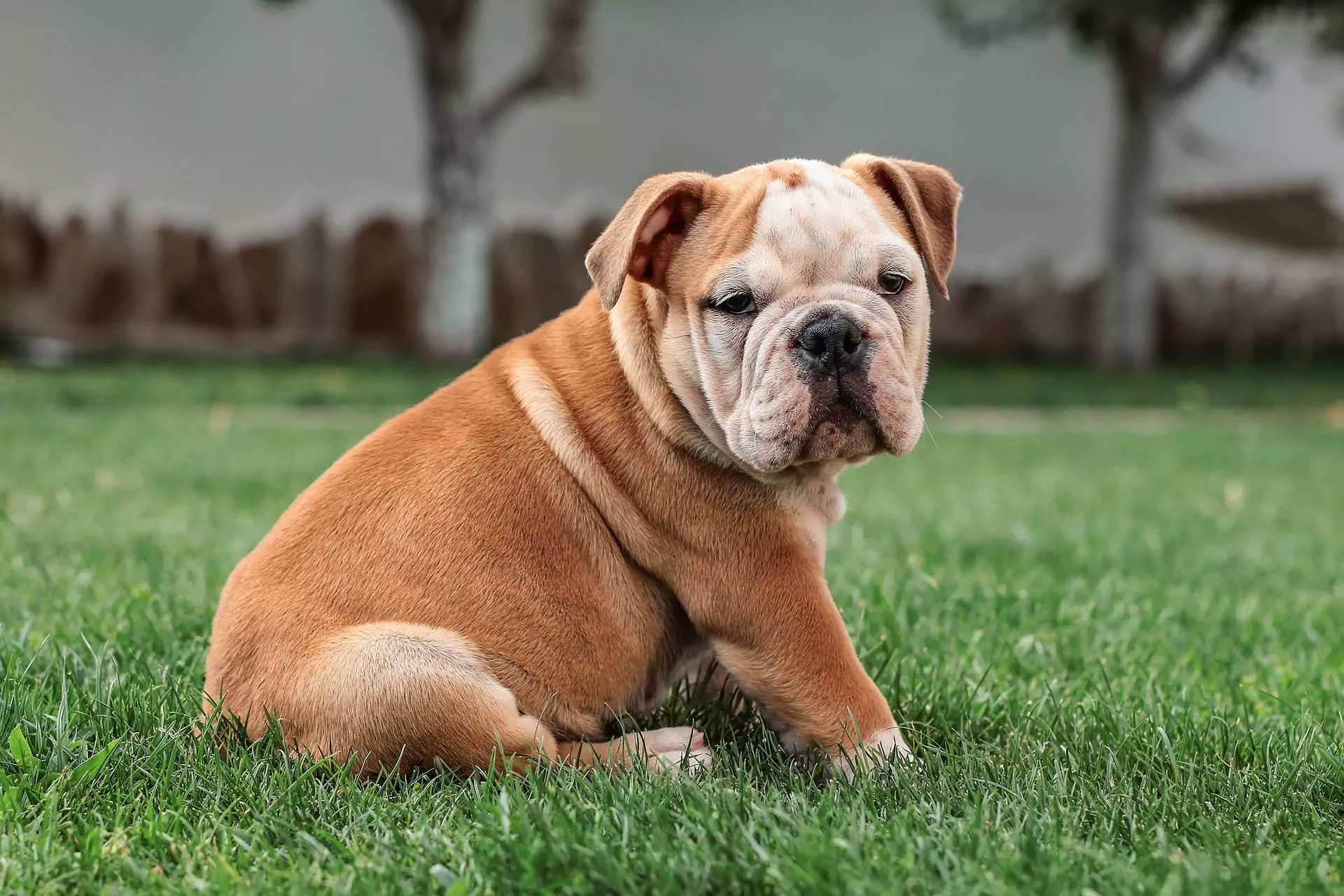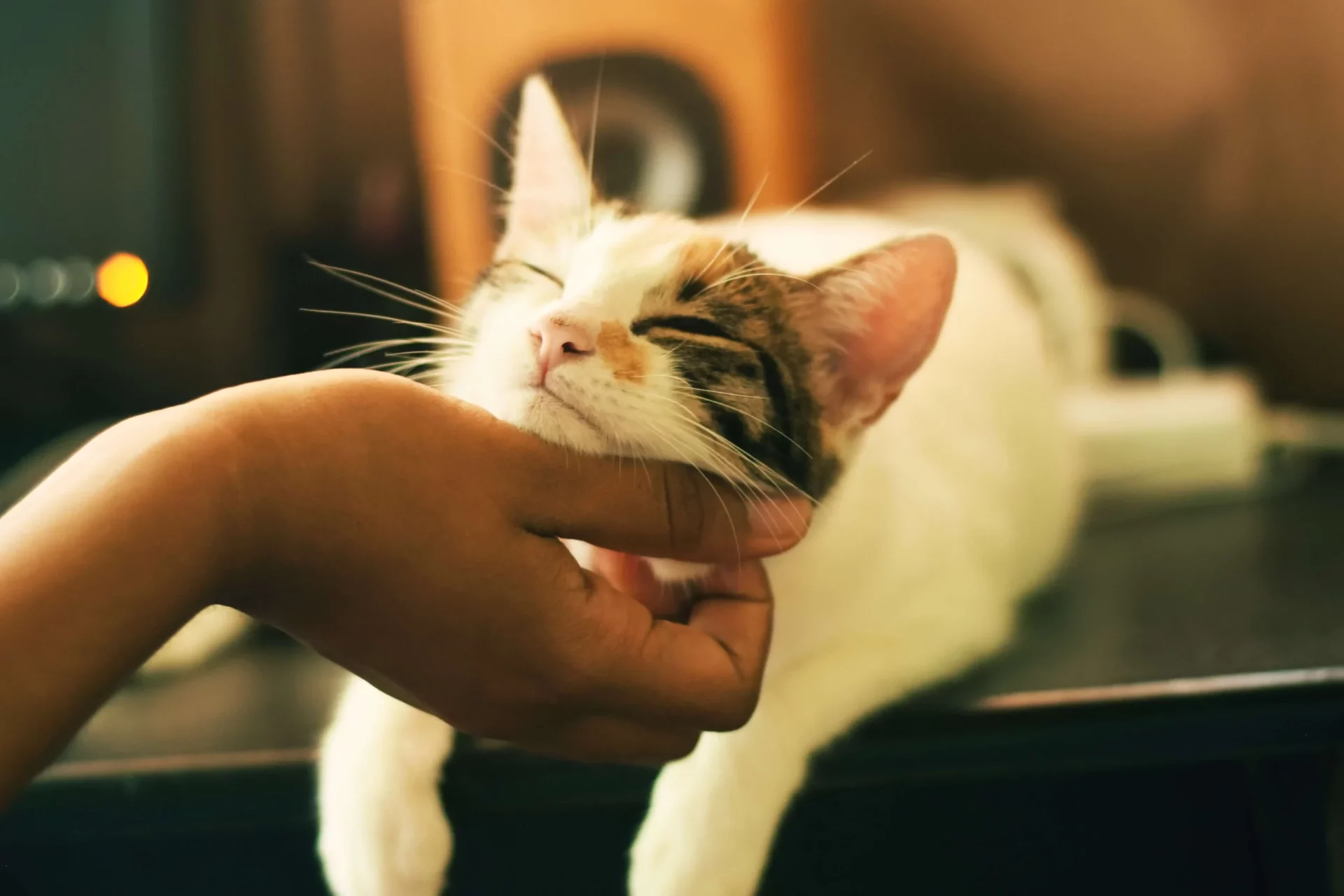Gum disease affects up to 90% of dogs over the age of three. Fido may also have other dental concerns. Misalignment, abscesses, infections, and cracked or shattered teeth are all potential issues that our canine pals can face. Brushing your pet’s teeth doesn’t have to be difficult or time-consuming, and it’s certainly not expensive. However, it can have a significant impact on Fido’s oral health. In this article, a Vinton, VA veterinarian offers tips on brushing your pet’s teeth.
How Will I Know if Fido Has Dental Problems?
Our canine pals can pretty much communicate when they want to go for a walk or are hoping you’ll share your food, but they can’t tell you when their teeth hurt. Look for signals that something isn’t right.
The following are some of the most frequent ones:
Bad Breath: While Man’s Best Friend has many amazing attributes, minty-fresh breath is rarely mentioned among them. However, your dog’s breath should not make you pass out. Extreme bad breath may indicate a problem with your pet’s teeth, but it can also indicate other health issues.
Swelling: The mouth, face, and head swelling is especially alarming. This usually suggests an infection, which is exceedingly dangerous so near to the brain.
Reduced Interest In Play: Fido plays with his mouth, so it’s reasonable that dental troubles may interfere with his enjoyment of his favorite activities, such as Tug O War or Frisbee chase. If your dog suddenly loses interest in fetch or tug-of-war, he may have dental issues.
Grumpiness: Anyone who has had a toothache knows that dental troubles do not greatly improve one’s attitude. That also applies to pets! Fido may appear unusually sad. He might also withdraw, spending more time alone than with his humans.
Drooling: If you have a Saint Bernard, you should anticipate Fido to be a bit sloppy. If your dog does not generally drool but has recently begun to leave puddles on the floor, he may have a tooth problem. Ropy or bloody drool might also be a warning sign.
Bleeding Gums: Bleeding gums are a typical symptom of oral problems such as gum disease. Look for red splotches on Fido’s toys, plates, and chews.
Tartar Buildup: Are your puppy’s teeth covered with brown or yellow muck? If this is the case, he could benefit from a thorough cleaning, which is also linked to gum disease.
Different Eating Habits: Chewing on a throbbing tooth isn’t very fun. You might notice your four-legged friend taking longer than normal to finish eating. Fido might also spill food from the side of his mouth. Dogs with dental issues may strongly prefer softer foods and treats. In the worst-case scenario, they may be unable to consume anything at all. This, of course, can cause major health problems.
Be sure to contact your Vinton, VA veterinarian immediately if you notice any of these warning signs.
Should You Brush Your Dog’s Teeth?
Brushing is as good for dogs as it is for humans. Brushing helps to eliminate food particles and plaque, which prevents tartar from forming. That is incredibly important. Tartar accumulation and gum disease go hand in hand. (Or hand in paw.) Tartar creeps up and presses beneath the gums. This eventually leads to the formation of small pockets that serve as breeding grounds for bacteria. The infection will eventually cause gum and bone loss.
This goes beyond aesthetics, though. Gum disease has been linked to a number of significant medical conditions, including heart disease. This is because the infection may spread from your four-legged friend’s mouth to his important organs.
How Can I Help Get Fido Used to Having His Teeth Brushed?
As previously stated, starting when your canine companion is still a puppy will be easier. You can possibly still get an adult pooch to accept a toothbrush. It might just take longer.
First, gently touch your canine companion’s teeth and gums with your finger. Do this while petting and praising him to help him link it with pleasant things. Then, compliment your dog and reward him with a delicious goodie. Repeat until your furry friend is accustomed to this. The following step is to add some dog toothpaste. Apply a small amount on your finger or finger toothbrush. Once again, offer food and congratulations.
Repeat this until your dog becomes accustomed to it. Now you can incorporate Fido’s actual toothbrush.
What if My Dog Won’t Tolerate Getting His Teeth Brushed?
You don’t want to force Fido to submit. You do not want to get bitten or make Fido afraid of being touched! Even the most gentle dog may feel nervous while being handled. If your puppy does not tolerate doggy dental care well, there are other options for cleaning his teeth. Dental rinses, dental flakes, dental chews, and dental-formula meals and treats are among the available possibilities. You may even simply put some dog toothpaste on a Nylabone for Fido. For further information, ask your veterinarian.
Can I Use Toothpaste Made For People On Fido?
No. This can actually be dangerous. Many of the chemicals found in toothpaste are hazardous to dogs. One such example is birch sugar, often known as xylitol. Furthermore, your pet is likely to prefer toothpaste designed exclusively for him. Many dog toothpastes come in tastes that Fido enjoys, such as chicken or beef. You’ll have a much simpler time if your adorable pet enjoys his toothpaste!
Never use a human toothbrush on Fido, either. They don’t fit well in his mouth, and aren’t angled right for his teeth. Instead, use a toothbrush designed for dogs. You can purchase thumb toothbrushes if you like.
I Just Adopted An Adult Dog. Is It Too Late?
It is never too late, from a physical standpoint. However, you do not want to force the issue. If you’ve acquired an older puppy that isn’t having it, you might want to try the alternative solutions indicated above, such as dental flakes. Your Vinton, VA veterinarian can provide more detailed guidance.
How Often Am I Supposed To Clean Fido’s Teeth?
Fido’s teeth should be brushed at least twice every day. However, once a day, or even every other day, is enough. You do not have to scrub Fido’s entire mouth at once. Simply tackle one quadrant at a time and continue rotating. This may be easier because it will be quicker. It should just take you and your pet a minute or two to get this done once you have the hang of it.
Do All Dog Owners Brush Their Pets’ Teeth?
We don’t have an exact figure on how many dog owners do this, but it’s definitely not as many as we’d want. Ipsos, which conducted a poll on the matter, found that only around 8% of dog owners clean their pets’ teeth.
Fido fared better than Fluffy in this area, as only approximately 4% of cat owners brush their claws. (To be honest, trying to brush a cat’s teeth can be a bit perilous.)
Make An Appointment With Your Vinton, VA Pet Hospital
Do you have any concerns about your dog’s health or care? Do you know or think that your canine companion has dental problems? Please call us, your Vinton, VA animal hospital, today!





